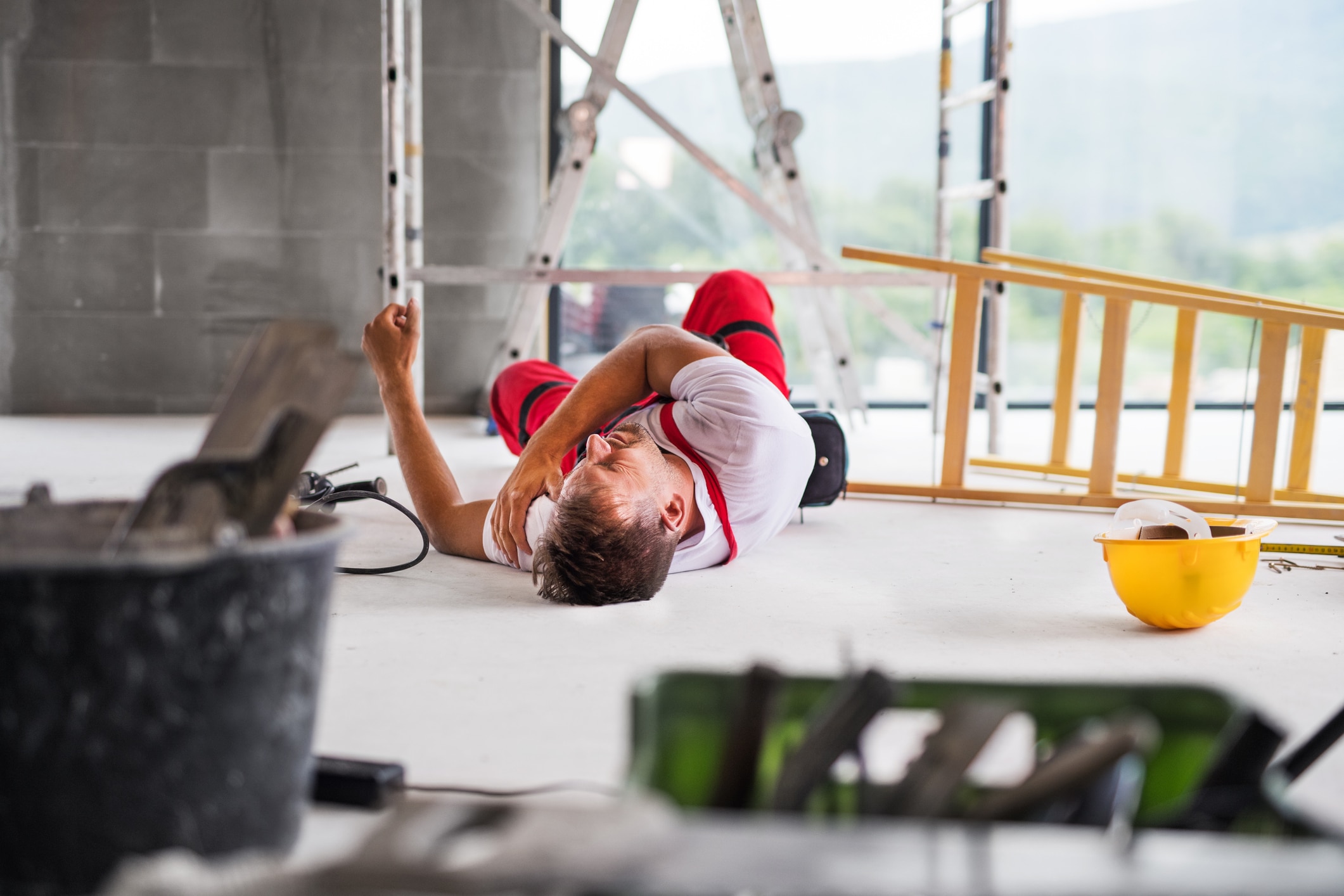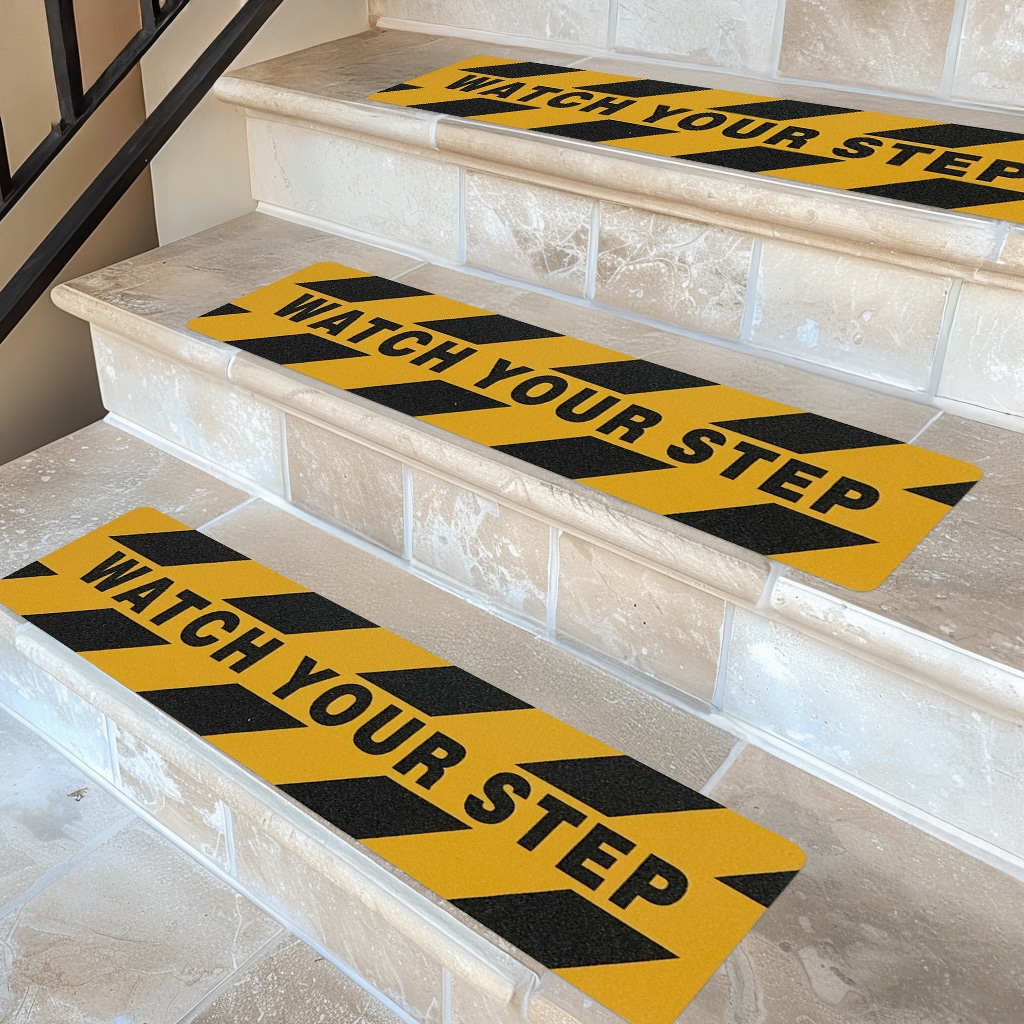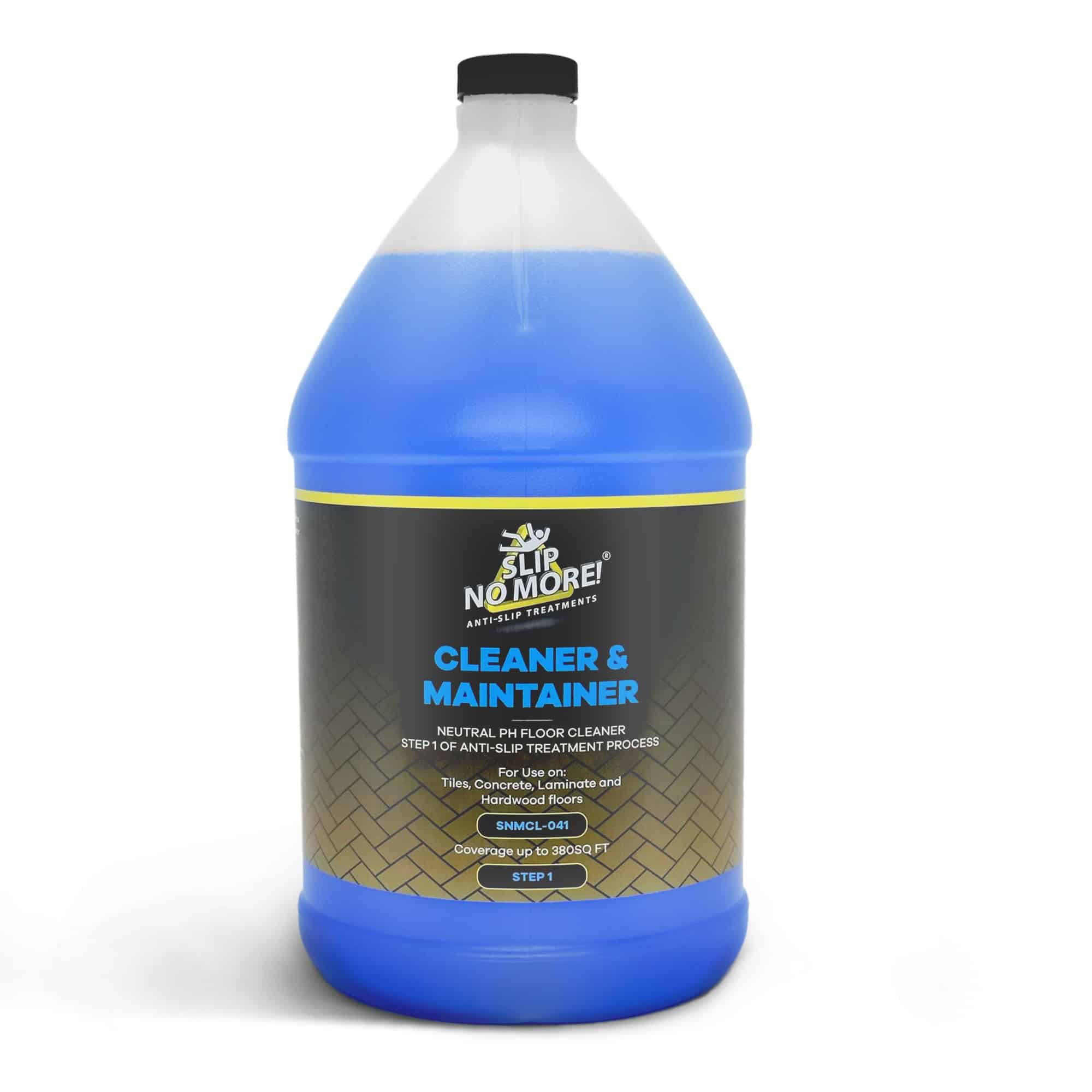Welcome to a comprehensive guide on fall protection in the USA. In this article, we will dive into the essential aspects of fall protection, ensuring you have the knowledge to keep yourself and your workers safe. Whether you work in construction, maintenance, or any other industry with inherent fall risks, understanding fall protection regulations in the USA is vital.
With falls ranking among the country’s leading causes of workplace injuries, it is crucial to equip yourself with the necessary understanding of fall protection measures in the USA. From harnesses and lifelines to guardrails and safety nets, we will explore the most effective safety solutions and their respective requirements.
We will also discuss the Occupational Safety and Health Administration (OSHA) regulations regarding fall protection and how they apply to different industries and work sites. By staying informed and compliant with these regulations, you can protect yourself, your business, and your employees from costly accidents and potential legal ramifications.
Join us as we unravel the complexities of fall protection in the USA and empower you with the knowledge to navigate safety challenges in your workplace effectively. Keep reading to ensure you have the ultimate guide to fall protection at your fingertips.
The importance of fall protection in the USA
Falls are consistently ranked among the country’s leading causes of workplace injuries. According to the Occupational Safety and Health Administration (OSHA), falls account for a significant number of deaths and injuries in the workplace each year. These accidents can result in severe injuries, long-term disabilities, and even fatalities. Therefore, it is crucial to equip yourself with the necessary understanding of fall protection measures in the USA.
Implementing effective fall protection systems in the USA can significantly reduce the risk of accidents and protect workers from harm. By investing in the proper safety equipment, training, and preventive measures, businesses can create a safer work environment and reduce the likelihood of costly accidents and potential legal ramifications.
OSHA regulations
To ensure workplace safety, OSHA has established regulations and standards for fall protection in the USA. These regulations outline the requirements for employers to protect their workers from fall hazards. OSHA’s fall protection standards apply to various industries and work sites, including construction, general industry, shipyards, and marine terminals.
Employers must identify and evaluate workplace fall hazards and implement appropriate measures to prevent falls. OSHA’s regulations cover a range of fall protection systems, including guardrails, safety nets, and personal fall arrest systems (PFAS). Employers are responsible for providing the necessary training, equipment, and supervision to ensure compliance with these regulations.
Types of fall protection equipment in the USA
Adequate fall protection relies on the use of appropriate safety equipment. Various types of fall protection equipment are available, each designed to address specific fall hazards and work environments. Here are some common types of fall protection equipment:
1. Harnesses: Fall harnesses are essential for workers exposed to fall hazards. These harnesses distribute the forces of a fall across the body, reducing the risk of injury. They consist of straps, buckles, and attachment points for connecting to lifelines or other fall arrest systems. This is a sure way to increase fall protection in the USA.
2. Lifelines: Lifelines connect the worker’s harness to a secure anchor point. They can be either vertical or horizontal, depending on the nature of the work. Lifelines provide a means of stopping a fall and preventing the worker from hitting the ground or other lower-level surfaces.
3. Guardrails: Guardrails are physical barriers that prevent falls by creating a protective barrier around elevated platforms, walkways, or other hazardous areas. They are typically made of sturdy materials and must meet specific OSHA requirements to ensure their effectiveness. These rails are an important component of fall protection in the USA.
4. Safety Nets: Safety nets are another form of passive fall protection. They are designed to catch a falling worker and prevent them from hitting lower-level surfaces. Safety nets are typically used in construction and other industries where workers perform tasks at elevated heights.
Choosing the right fall protection system
Selecting the appropriate fall protection system depends on various factors, including the nature of the work, the work environment, and the specific fall hazards present. When choosing a fall protection system in the USA, consider the following:
1. Evaluate the Work Environment: Assess the work environment to identify potential fall hazards and determine the most suitable fall protection system. Consider factors such as height, accessibility, and the type of work being performed.
2. Understand OSHA Requirements: Familiarize yourself with regulations and standards relevant to your industry. Ensure that the fall protection system you choose meets or exceeds these requirements in the USA.
3. Consider Worker Comfort and Mobility: The chosen fall protection in the USA system should not impede workers’ ability to perform their tasks safely and comfortably. It should allow for sufficient mobility while providing adequate protection.
4. Training and User-Friendliness: Ensure that the fall protection system in the USA is user-friendly and that workers receive proper training. Workers must understand how to properly inspect, don, and use the equipment to ensure safety.
Fall protection training and certification
Proper training is crucial for effectively using fall protection equipment in the USA. Employers are responsible for providing comprehensive training to workers exposed to fall hazards. Training programs should cover topics such as:
1. Fall Hazard Recognition: Workers should be trained to identify potential fall hazards in their work environment and understand the importance of implementing appropriate fall protection measures in the USA.
2. Safe Work Practices: Train workers on safe work practices, including proper ladder usage, the correct use of fall protection in the USA equipment, and the importance of maintaining a clean and organized work area.
3. Equipment Inspection and Maintenance: Workers should be educated on regularly inspecting and maintaining their fall protection equipment in the USA. This includes checking for signs of wear, damage, or malfunction and reporting any issues to their supervisor.
4. Emergency Procedures: Workers must know about emergency procedures during falls or other safety incidents. They should know how to respond quickly and efficiently to minimize the risk of further injury.
Fall protection for different industries
Fall protection requirements can vary across different industries. Understanding the specific regulations and standards that apply to your industry is essential. Here are some examples of fall protection requirements for different industries:
1. Construction Industry: The construction industry has specific fall protection requirements due to the nature of the work. OSHA’s construction standards require fall protection for construction activities performed at six feet or more heights. This can include using guardrails, safety nets, or personal fall arrest systems (PFAS).
2. General Industry: Fall protection in the USA requirements for the general industry are outlined in OSHA’s general industry standards. These standards cover various industries, including manufacturing, warehousing, and healthcare. Fall protection measures may include guardrails, safety nets, or other suitable means of protection.
3. Shipbuilding and Ship Repair Industry: OSHA’s shipyard employment standards require fall protection measures to be implemented in shipbuilding and ship repair activities. This can include using guardrails, safety nets, or personal fall arrest systems (PFAS) based on the specific tasks.
4. Telecommunications Industry: Workers in the telecommunications industry often work at heights, such as when installing or maintaining cell towers. OSHA’s standards for the telecommunications industry address fall protection requirements, including using personal fall arrest systems (PFAS) and other suitable means of protection.
Common fall hazards in the workplace
Understanding the common fall hazards in the workplace is crucial for implementing effective fall protection measures in the USA. Here are some common fall hazards to be aware of:
1. Unprotected Edges: Unprotected edges, such as roof edges, open floor edges, or mezzanine edges, pose a significant fall hazard. Implementing guardrails, safety nets, or personal fall arrest systems (PFAS) can help mitigate the risk.
2. Unstable Surfaces: Working on unstable surfaces, such as scaffolds, ladders, or platforms, increases the risk of falls. Ensuring these surfaces are stable, adequately maintained, and equipped with appropriate fall protection measures is essential in the USA.
3. Floor Openings: Openings in floors, such as holes or floor openings for stairwells or service shafts, can pose a fall hazard. These openings should be adequately guarded or covered to prevent falls.
4. Ladders: Improper ladder usage is a common cause of falls. Workers should be trained on ladder safety and use appropriate fall protection systems in the USA when working at heights.
Fall protection tips and best practices
Implementing the following fall protection in the USA tips and best practices can help create a safer work environment:
1. Perform Regular Hazard Assessments: Regularly assess the workplace for potential fall hazards and take appropriate measures to address them.
2. Provide Adequate Training: Ensure workers receive comprehensive training on fall protection equipment in the USA. Include safe work practices and emergency procedures.
3. Inspect Equipment Regularly: Inspect and maintain fall protection equipment to ensure its functionality and effectiveness.
4. Encourage Open Communication: Promote a culture of open communication where workers feel comfortable reporting potential fall hazards or equipment issues.
5. Encourage Proper Tool and Equipment Use: Train workers on the proper use of tools and equipment to minimize the risk of falls or accidents.
Fall protection resources and organizations
Several resources and organizations are dedicated to providing information and support for fall protection. Some valuable resources include:
1. OSHA: The Occupational Safety and Health Administration (OSHA) website provides comprehensive information on fall protection regulations, standards, and resources.
2. National Safety Council: The National Safety Council offers resources and training programs focused on fall prevention and workplace safety in the USA.
3. American Society of Safety Professionals: The American Society of Safety Professionals (ASSP) is a professional organization that provides resources, education, and networking opportunities for safety professionals.
4. Fall Protection Manufacturers: Fall protection equipment manufacturers often provide educational resources and training materials on their websites.
Conclusion
In conclusion, understanding fall protection in the USA is crucial for maintaining a safe work environment and protecting workers from fall hazards. By complying with OSHA regulations, implementing appropriate fall protection systems, and providing comprehensive training, businesses can significantly reduce the risk of falls and ensure the well-being of their employees. Stay informed, remain diligent, and prioritize fall protection to create a safer workplace.
Why not follow our Facebook, Instagram, Twitter or YouTube accounts for funny videos, informative posts, and general floor safety information? We also have loads of great reviews from our customers on Trustpilot. If you found this article helpful, take a look at our related articles:





